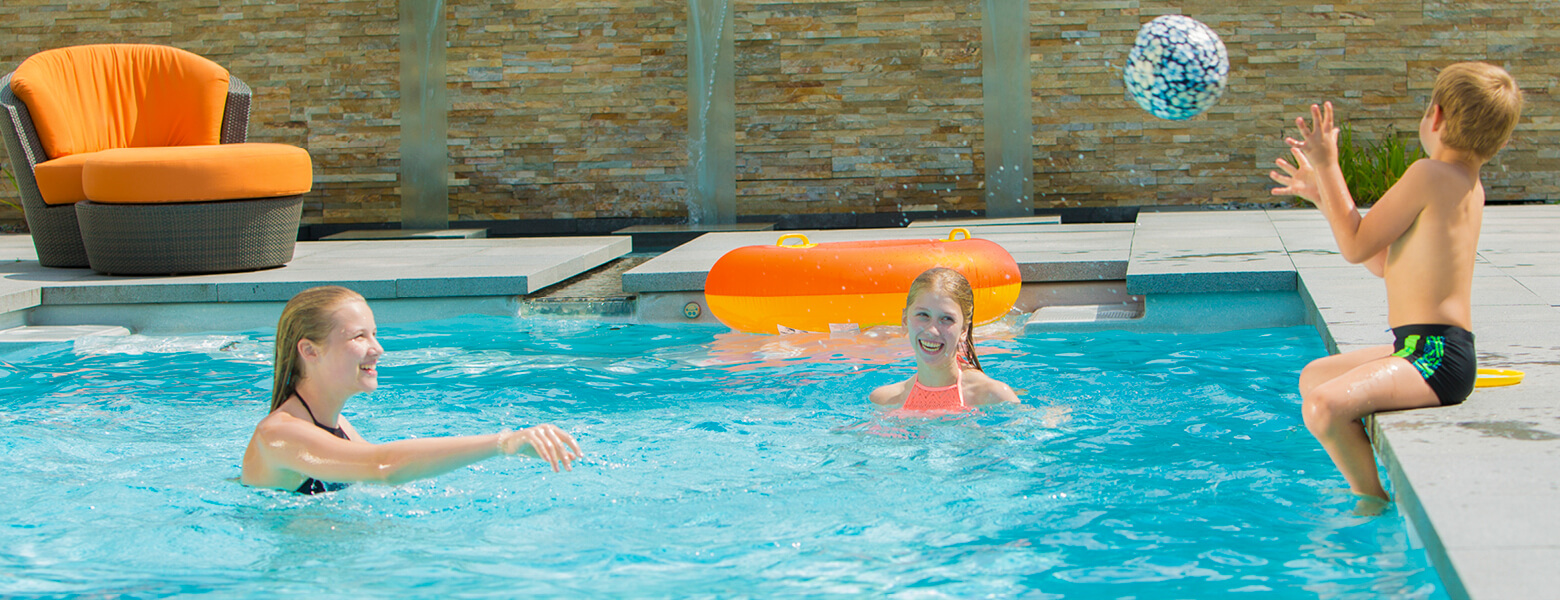There are numerous terms referred to when it comes to treating and testing pool water but to the beginner these can sometimes be confusing. The following gives the meaning of the most common terms:
Do you have green and/or cloudy pool water? You could have an algae growth, a common problem for many pool owners. Algae is more likely to grow in sunlight, warm temperatures, low chlorine levels, and at high phosphate levels.
As we have seen pH measurement and control is essential in any pool or spa to maintain the value within the desired range. For heavily used pools, the pH value should be measured continuously and adjusted automatically, for other pools it is sufficient to measure the pH value regularly and adjust it if necessary.
In order to guarantee the hygienic condition of the water under all circumstances, pool users have a wide range of options for water treatment.
This applies to any water where the authorities expect a large number of people to bathe and has not imposed a permanent bathing prohibition, or issued advice against bathing. It is the responsibility of the authorities to identify and assess causes of pollution that might affect bathing waters and impair bathers´ health during the bathing season.The basis for the control of all public used natural swimming ponds is the European Directive "2006/7/EG of the European Parliament, dated 15th February 2006.
A natural swimming pond looks like a natural garden pond, but is specifically designed to swim in clean, pure water with no chemicals in it. The difference between a swimming pond and a swimming pool is that a swimming pool uses chemicals such as chlorine to kill bacteria, whereas a swimming pond cleanses the water naturally.
Basic requirements for healthy bathing and swimming are state-of-the-art water treatment. Both in the interest of health and in order to maintain the value of a facility, water treatment should be performed according to the motto "as much as necessary and as little as possible".
Since 1976, Austria has had a Bäderhygienegesetzt (BHyg G, Bathing Hygiene Act), which is the basis for providing perfect water quality in all public swimming pools. This makes Austria one of the few countries in the world to regulate hygiene in this area by law. Efforts of this kind have also been made in Germany, but despite several attempts, no political consensus for a legal regulation has been found to date. Although there is the Infections-Schutzgesetz (IfSG, Infection Protection Act) with relatively general wording and a recommendation of the Bundesumweltamt (UBA, Federal Environment Agency), concrete framework conditions are only defined in a technical guideline of the Deutsche Industrie Norm - DIN (German Industry Standard) 19 643. Technical progress is now developing continuously, naturally also in process engineering, i.e. water treatment. This process must be taken into account within the framework of the generally recognised rules of technology. This is done by means of a cyclical inventory of the defined framework conditions and, where necessary or appropriate, supplementing and/or new processes, for example ultrafiltration in the DIN.
When a water is in balance, it is said to be neither corrosive nor scale-forming. In other words, it will not deposit a layer of calcium scale neither will it dissolve an existing layer of scale.

